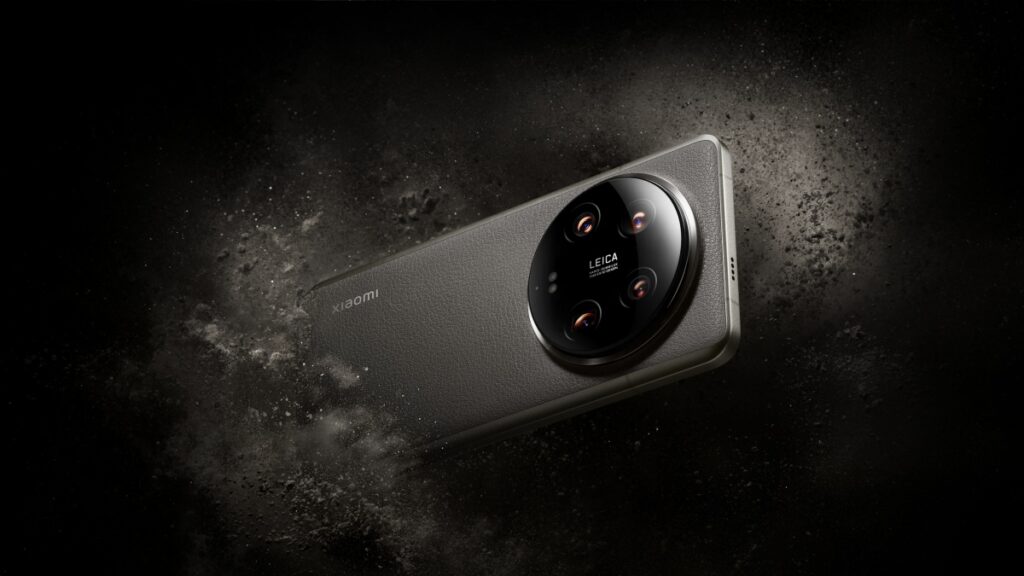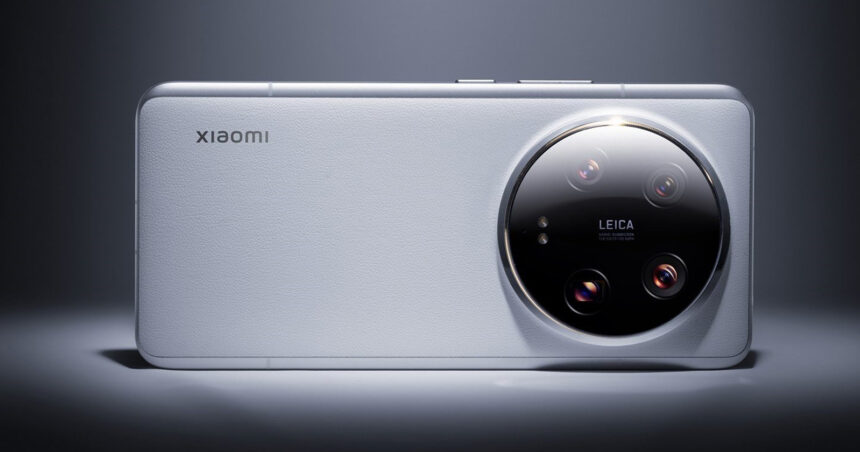At Mobile World Congress 2024, Xiaomi introduces two flagship smartphones, the Xiaomi 14 and 14 Ultra, targeting a global audience but notably omitting the US market. While these devices were previously announced in China, they now undergo slight design tweaks and boast camera-centric features. Available for order immediately, the Xiaomi 14 Ultra is priced at €1,499 (approximately $1,624), while the Xiaomi 14 starts at €999 (about $1,082).

The Xiaomi 14 caters to essential flagship requirements, sporting a smaller 6.36-inch screen with an LTPO 120Hz panel for smooth scrolling and power efficiency. Its camera specs are more modest compared to the Xiaomi 14 Ultra, but it still offers a compelling user experience.
On the other hand, the Xiaomi 14 Ultra emerges as a strong contender for the title of the best camera phone of 2024. With a 6.73-inch 120Hz 1440p panel and a 1-inch-type main camera utilizing the latest Sony LYT-900 sensor, it promises impressive photography capabilities. Notably, it adopts a variable aperture system, allowing for adjustments between f/1.63 and f/4.0. Additionally, it features two stabilized telephoto lenses—a 3.2x and a 5x—along with log recording for enhanced video production capabilities.
The Xiaomi 14 Ultra also includes log recording for enhanced video production, a feature that enhances its appeal to creative professionals. In terms of design, it moves away from curved edges to embrace flat edges, offering improved grip and comfort. Its updated camera kit doubles as an external battery, providing added functionality.

Meanwhile, the Xiaomi 14 receives upgrades, including a trio of 50-megapixel sensors and a redesigned camera bump with a sleek matte finish on the back panel. The Leica branding has been rotated 90 degrees to align with landscape orientation, maintaining a cohesive design language with the Xiaomi 14 Ultra.
While Xiaomi’s flagship smartphones continue to impress with their hardware innovations, it remains unfortunate that consumers in the US will not have access to these devices. With Chinese phone makers leading the charge in hardware advancements, it raises anticipation for potential innovations in future US smartphone offerings.








